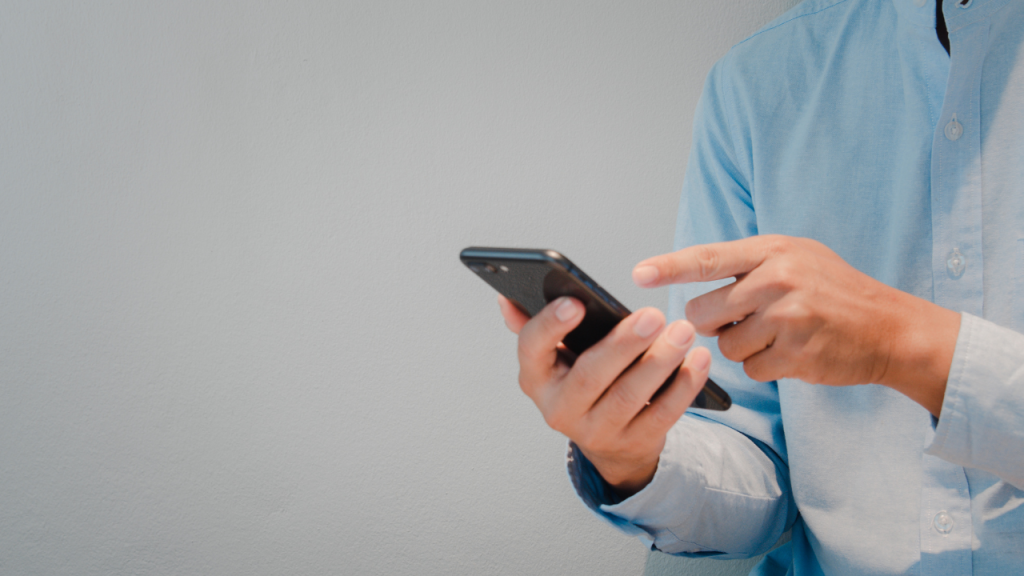Over time, even the fastest smartphones start to slow down. What once felt like a lightning-fast device may now lag when opening apps, take longer to respond, and even overheat. If you’ve noticed that your phone isn’t performing as well as it used to, you’re not alone.
There are several reasons why your phone might be running slower than it should, ranging from too many background apps and unnecessary files to storage issues and outdated software. The good news is that you don’t need to buy a new phone to fix it—a few simple adjustments can help restore your phone’s speed and performance.
In this guide, we’ll go over the most common causes of smartphone slowdowns and provide effective solutions to speed up your device.
1. Restart Your Phone Regularly
It might sound simple, but many people never restart their phones. Over time, apps and background processes accumulate in your phone’s RAM (Random Access Memory), which can slow down performance.
Restarting your phone clears temporary files, stops unnecessary processes, and refreshes the system. If you notice your phone lagging, try restarting it at least once a week to keep it running smoothly.
2. Free Up Storage Space
One of the biggest reasons for a slow phone is low storage space. When your phone’s internal storage is nearly full, it can affect system performance and cause noticeable slowdowns.
How to free up storage:
- Delete unused apps – Go to your settings and check which apps you haven’t used in months. Uninstalling them can free up valuable space.
- Clear app cache – Apps store temporary files to load faster, but these can take up a lot of space over time. Go to Settings > Storage > Cached Data and clear unnecessary cache files.
- Use Google Files or a cleaning app – Google Files helps you identify duplicate files, large files, and junk data that can be safely deleted.
- Move photos and videos to the cloud – Services like Google Photos, OneDrive, and Dropbox allow you to store files online instead of keeping them on your phone.
If your phone has an SD card slot, consider moving non-essential files to an SD card to free up even more space.
3. Close or Disable Background Apps
Many apps continue running in the background, consuming RAM and processing power even when you’re not actively using them. These background processes can slow down your phone without you realizing it.
How to fix it:
- Go to Settings > Apps > Running Apps and check which apps are consuming the most resources.
- Disable or force stop unnecessary apps that you don’t need running in the background.
- Enable Battery Saver Mode, which can limit background activity for certain apps automatically.
If your phone allows it, reducing animations and transitions in Developer Options can also improve performance significantly.
4. Keep Your Software and Apps Updated
Keeping your phone’s operating system and apps up to date is crucial for maintaining good performance. Updates often include bug fixes, security patches, and optimizations that can help speed up your device.
How to update your phone:
- System updates – Go to Settings > Software Update and check if a new version is available.
- App updates – Open the Google Play Store (Android) or App Store (iOS) and update all installed apps.
If your phone is too old to receive updates, consider switching to a lighter version of the software or using “Lite” versions of apps to reduce strain on the system.
5. Reset Your Phone’s Settings (If Needed)
If your phone is still slow after trying these fixes, resetting it to factory settings can eliminate hidden issues and restore its original performance.
How to reset your phone:
- Backup your important data – Save photos, videos, and documents to Google Drive, iCloud, or an external hard drive.
- Go to Settings > System > Reset Options (Android) or Settings > General > Transfer or Reset iPhone (iOS).
- Choose “Factory Reset” and wait for the process to complete.
After resetting, install only the essential apps and avoid downloading unnecessary programs that could slow down your phone again.
6. Use Lighter Versions of Apps
If your phone has lower RAM or an older processor, using lightweight versions of apps can make a huge difference in performance. Many developers offer “Lite” versions of their apps that consume fewer resources and load faster.
Recommended lightweight apps:
- Facebook Lite & Messenger Lite – Uses less data and runs faster than the full versions.
- Google Go & YouTube Go – Optimized for low storage and slow connections.
- Opera Mini or Firefox Lite – Faster alternatives to Google Chrome that save memory.
- Microsoft Edge – Uses less RAM and battery than Chrome on Android.
Avoid using live wallpapers, heavy widgets, or unnecessary animations, as they can also slow down your phone.
7. Remove Unnecessary Widgets and Animations
Widgets may seem useful, but having too many on your home screen can slow down your phone. Weather updates, live clocks, and constantly refreshing news widgets consume resources in the background, making your device less responsive.
How to fix it:
- Remove widgets you don’t use by long-pressing them and selecting “Remove.”
- Disable unnecessary animations in Developer Options by setting animation scales to 0.5x or turning them off completely.
These small adjustments can make your phone feel much snappier when navigating between apps and screens.
Conclusion
Your phone doesn’t have to stay slow forever. By restarting it regularly, freeing up storage, closing background apps, keeping software updated, and using lightweight versions of apps, you can restore its speed and extend its lifespan.
If you’ve tried all these tips and your phone is still running slow, it may be time to consider a hardware upgrade. However, for most users, following these steps will bring a noticeable improvement in performance—saving you money and frustration.
Try these fixes today and enjoy a faster, more responsive phone! 🚀

